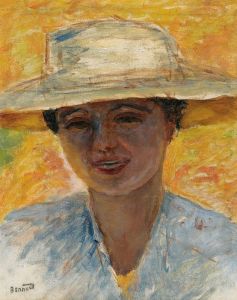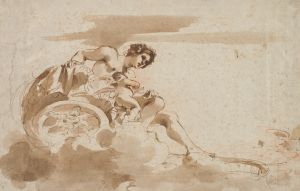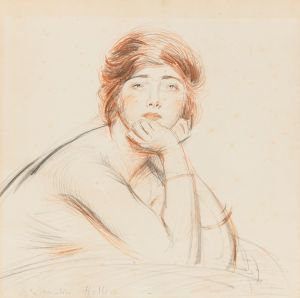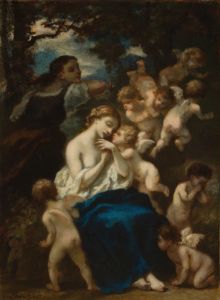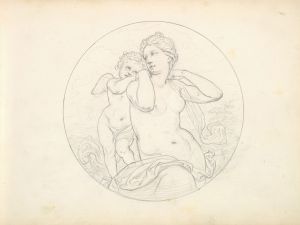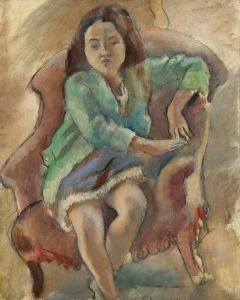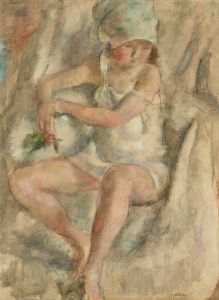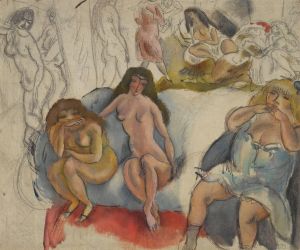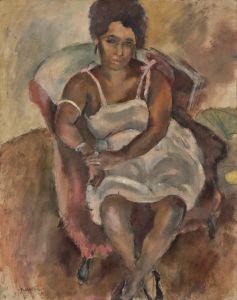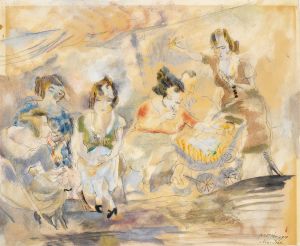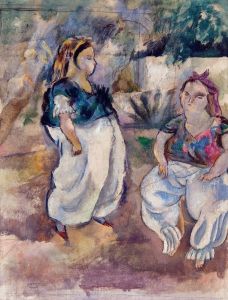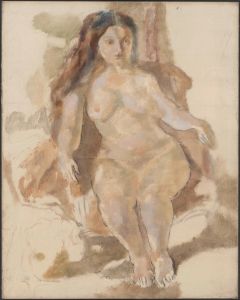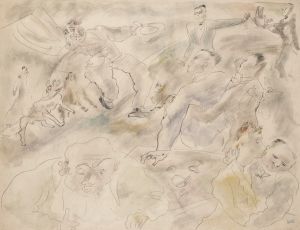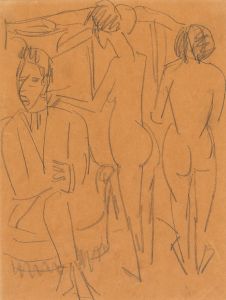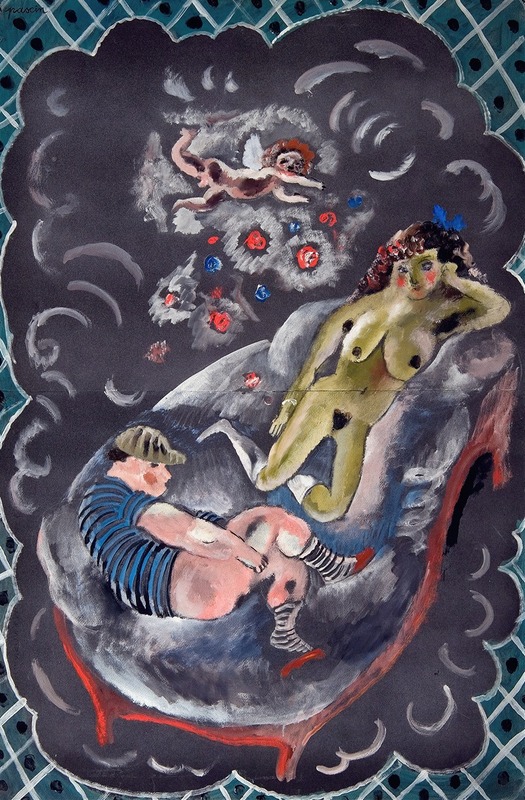
Two Figures and Cupid
A hand-painted replica of Jules Pascin’s masterpiece Two Figures and Cupid, meticulously crafted by professional artists to capture the true essence of the original. Each piece is created with museum-quality canvas and rare mineral pigments, carefully painted by experienced artists with delicate brushstrokes and rich, layered colors to perfectly recreate the texture of the original artwork. Unlike machine-printed reproductions, this hand-painted version brings the painting to life, infused with the artist’s emotions and skill in every stroke. Whether for personal collection or home decoration, it instantly elevates the artistic atmosphere of any space.
Jules Pascin, born Julius Mordecai Pincas on March 31, 1885, in Vidin, Bulgaria, was a renowned painter and draftsman who became a significant figure in the early 20th-century art scene. He is often associated with the School of Paris, a group of émigré artists who lived and worked in the French capital. Pascin's work is characterized by its delicate, often melancholic depictions of women and its fluid, expressive line work.
"Two Figures and Cupid" is one of Pascin's notable works, although specific details about the painting's creation date, dimensions, and current location are not widely documented. The painting typically reflects Pascin's signature style, which blends elements of Impressionism and Expressionism, characterized by soft, flowing lines and a subtle yet evocative use of color.
The subject matter of "Two Figures and Cupid" aligns with Pascin's frequent exploration of intimate and personal themes. The painting likely depicts two human figures alongside the mythological figure of Cupid, the Roman god of love, who is often portrayed as a cherubic child with wings. This inclusion of Cupid suggests themes of love, desire, and perhaps the complexities of human relationships, which were recurrent motifs in Pascin's oeuvre.
Pascin's life and career were marked by extensive travel and a bohemian lifestyle. He moved to Vienna and then to Munich, where he studied art before settling in Paris in 1905. In Paris, Pascin became part of the vibrant artistic community in Montparnasse, mingling with other artists, writers, and intellectuals. His work gained recognition, and he exhibited at the Salon d'Automne and the Salon des Indépendants.
In 1914, Pascin moved to the United States, where he continued to paint and exhibit his work. He became a naturalized American citizen in 1920 but returned to Paris shortly thereafter. Despite his professional success, Pascin struggled with depression and alcoholism throughout his life. His personal turmoil often seeped into his art, giving it a poignant and introspective quality.
Pascin's influence extended beyond his own work; he was a mentor and friend to many younger artists. His studio was a gathering place for creative minds, and he was known for his generosity and encouragement of fellow artists.
Tragically, Pascin's life ended prematurely when he committed suicide on June 5, 1930, in Paris. His death was a significant loss to the art world, and his funeral was attended by many prominent figures from the artistic community.
"Two Figures and Cupid" remains a testament to Pascin's unique artistic vision and his ability to capture the subtleties of human emotion and interaction. While specific details about the painting may be scarce, it continues to be appreciated for its aesthetic qualities and its reflection of Pascin's broader body of work.





